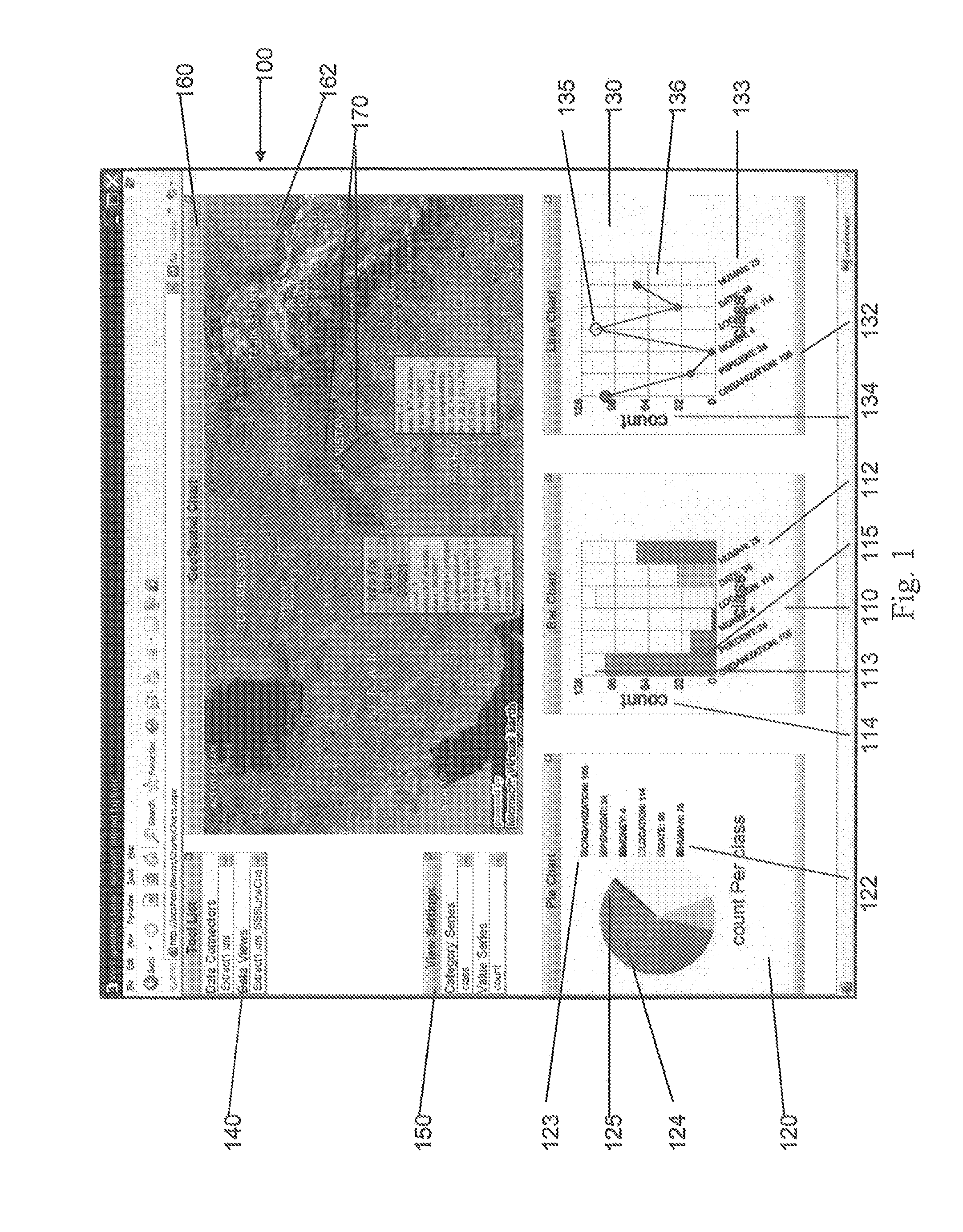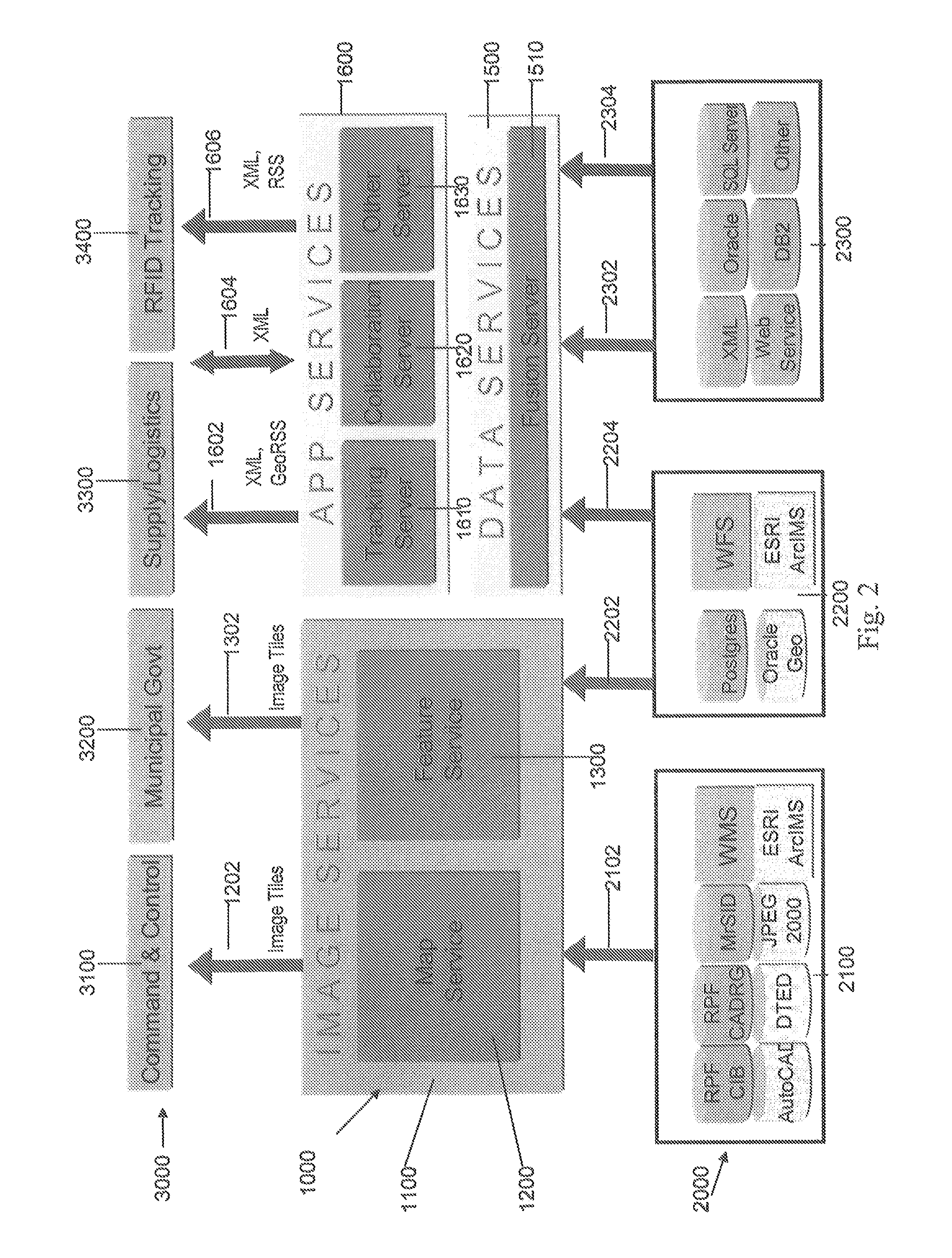Server-based systems and methods for enabling interactive, collabortive thin- and no-client image-based applications
a server-based system and image-based application technology, applied in the field of server-based systems and methods that enable interactive, collaborative thin/ and no-client applications, can solve the problems of fat-client software applications that require ever-increasing amounts of storage space, software applications that require state-of-the-art fat-client software applications, and the web application is a start-stop. the effect of starting and stopping
- Summary
- Abstract
- Description
- Claims
- Application Information
AI Technical Summary
Benefits of technology
Problems solved by technology
Method used
Image
Examples
Embodiment Construction
[0011]It has long been known that direct manipulation user interfaces are greatly preferred by users. A set of technologies that are broadly called Web 2.0 provides a new model and eliminates the start-stop-start-stop nature of web applications. In this new model, information is asynchronously downloaded to the browser using XML. JavaScript code running in the browser caches this information when it is received from the server and displays it upon user request. Since the information is cached locally, the web application can provide instantaneous responses and thereby support direct manipulation operations. JavaScript code in the browser handles user interface interactions, such as panning, zooming, scaling, and data validation. Using asynchronous requests for XML data allows users to continue working with the responsive user interface of the web application without losing the user's focus on the screen while the data is downloading.
[0012]However, even with conventional Web 2.0 tech...
PUM
 Login to View More
Login to View More Abstract
Description
Claims
Application Information
 Login to View More
Login to View More - R&D
- Intellectual Property
- Life Sciences
- Materials
- Tech Scout
- Unparalleled Data Quality
- Higher Quality Content
- 60% Fewer Hallucinations
Browse by: Latest US Patents, China's latest patents, Technical Efficacy Thesaurus, Application Domain, Technology Topic, Popular Technical Reports.
© 2025 PatSnap. All rights reserved.Legal|Privacy policy|Modern Slavery Act Transparency Statement|Sitemap|About US| Contact US: help@patsnap.com



